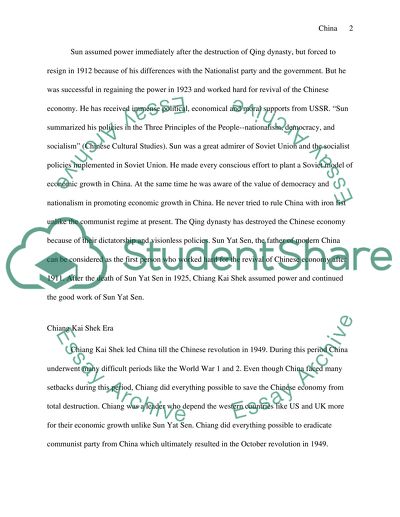Cite this document
(Economic Progress of China since 1911 Coursework, n.d.)
Economic Progress of China since 1911 Coursework. https://studentshare.org/macro-microeconomics/1566724-final-paper
Economic Progress of China since 1911 Coursework. https://studentshare.org/macro-microeconomics/1566724-final-paper
(Economic Progress of China since 1911 Coursework)
Economic Progress of China since 1911 Coursework. https://studentshare.org/macro-microeconomics/1566724-final-paper.
Economic Progress of China since 1911 Coursework. https://studentshare.org/macro-microeconomics/1566724-final-paper.
“Economic Progress of China since 1911 Coursework”. https://studentshare.org/macro-microeconomics/1566724-final-paper.


